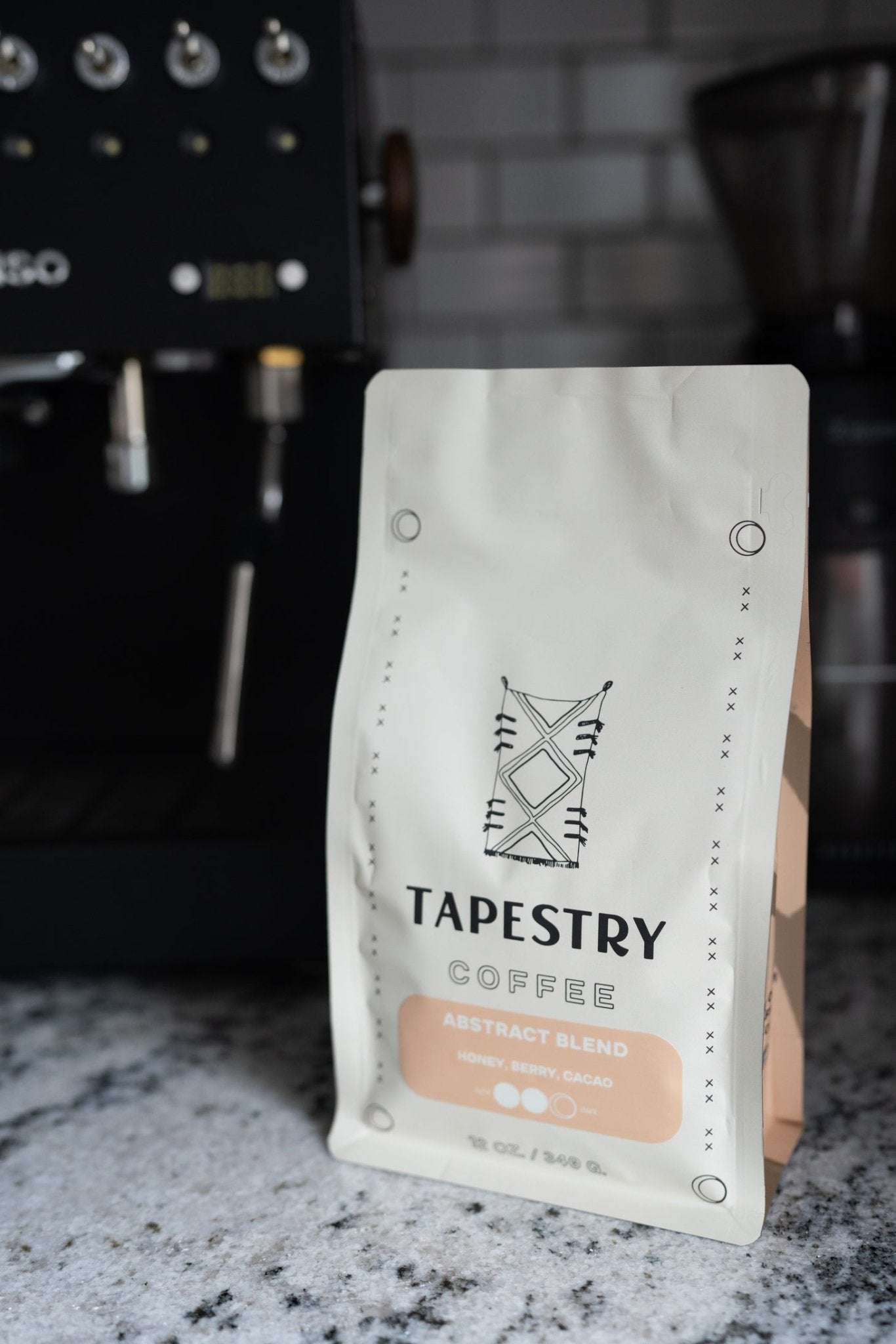We're embarking on an enlightening journey into the realm of the French press. Picture it as your coffee companion, ready to unlock the secrets of a brew that transcends simplicity. Whether you're a casual coffee sipper or a seasoned aficionado, the French press has something special to offer. In this exploration, we'll demystify its origins, explore its perks, and equip you with the skills to brew a cup that's both flavorful and satisfying. So, grab your favorite mug, and let's delve into the fascinating world of French press coffee.

History of the French Press
Alright, let's rewind the coffee clock and discover where the French press got its start. Imagine it's the 19th century in France. Coffee lovers were on a quest for a better brewing method, and voilà, the French press was born!
Back then, it wasn't the sleek and shiny gadget we know today. It was a humble metal or cheesecloth sieve pressed into a cylinder. Fast forward, and the design evolved into the glass and stainless steel beauty on your kitchen counter.
Then, the French press quickly became a coffee icon, and its simplicity won hearts worldwide.
Advantages of French Press Brewing
Let's talk about why the French press is like the superhero of coffee brewing, especially when compared to other methods or devices. It's got some serious perks that set it apart in the coffee crowd.
First up, flavor. The French press lets coffee grounds hang out with hot water for a decent amount of time, extracting all those delicious flavors. Compared to, say, a drip coffee maker, where the water rushes through quickly, the French press gives your coffee a chance to shine with a fuller, more robust taste.
Also, with a French press, you're in control. You decide how long it brews, the temperature, and the coffee-to-water ratio. It's like having the precision of a scientist but without the complicated gadgets. In contrast to a single-serve pod machine, where you're limited to pre-set options, the French press puts the power in your hands.
And here's the best part—it's easy peasy. No complicated machinery or intricate processes. Just hot water, coffee grounds, and a press. Compared to a pour-over setup, where you need a steady hand and some pouring finesse, the French press is like the laid-back coffee brewing method that still delivers a gourmet cup.
Lastly, if you like your coffee strong and bold, the French press has your back. You can make it as robust as you want. Compared to a Keurig, where the strength is often pre-determined, the French press gives you the freedom to tailor your cup to perfection.
Disadvantages of French Press Brewing
Now, let's flip the coffee bean and talk about some things to keep in mind when it comes to French press brewing. Every superhero has its kryptonite, right?
First off, we've got sediment. When you brew with a French press, some tiny coffee particles might sneak into your cup. It's like finding a bit of sand at the beach—it happens, but not everyone enjoys it; it is a part of how to make coffee with a french press though. Compared to, say, a pour-over or a drip machine with a paper filter, the French press can let more grounds slip through.
Next, there's the issue of precise temperature control. Unlike some high-tech coffee makers that maintain a specific temperature, the French press relies on the water being hot when you pour it. It's like cooking without a thermometer—it works, but there's a bit of guesswork involved.
And, let's not forget, the French press takes its time. While that's great for flavor extraction, it might not be ideal when you're in a morning rush. Compared to a speedy espresso machine or a single-serve pod coffee maker, the French press is like the slowpoke in the coffee brewing race.
So, while the French press brings amazing flavors to your cup, it's good to be aware of these quirks
Best Types of Beans for French Press Coffee
Let's talk beans! Not all heroes wear capes, and not all coffee beans are created equal when it comes to the French press. Here's the lowdown on choosing the best types of coffee for your press:
First off, go for a coarse grind. Picture coffee beans like Goldilocks' porridge—the grind shouldn't be too fine or too coarse; it needs to be just right. In the case of French press brewing, coarser grounds are the perfect fit. This is because the press allows water to mix and dance with the coffee for a longer time, and coarser grounds prevent over-extraction.
Now, about the beans themselves. Opt for a coffee that boasts bold flavors. French press brewing is like a spotlight on the flavors, so you want beans that can handle the attention. Dark roasts are often a good match, as they bring out rich and robust notes.
But hey, if you prefer a lighter roast, go for it! The beauty of the French press is its versatility. Light or dark, explore different origins and flavor profiles to find what tickles your taste buds.
So, in summary, think coarse grind and bold flavors when selecting coffee for your French press.

Photo by Madalyn Cox on Unsplash
Step-by-Step Guide to French Press Coffee Brewing
Alright, coffee pals, it's showtime! Let's walk through the steps of making fantastic French press coffee. Get ready to become a home barista with this simple guide:
What You Need to Brew with a French Press Coffee:
- French press
- Coarsely ground coffee
- Hot water (just off the boil)
- Stirring utensil
- Timer
How to Make Coffee with a French Press:
1. Measure Your Coffee:
- Aim for a coffee-to-water ratio of 1:15. For every gram of coffee, use 15 grams of water. It's like finding the perfect balance in a recipe.
2. Preheat the French Press:
- Swirl some hot water in the French press to warm it up. This ensures your coffee stays toasty throughout the brewing process.
3. Add Coffee Grounds:
- Drop in your coarsely ground coffee. Remember, we're going for a coarse grind, like breadcrumbs, not flour.
4. Blooming Time:
- Pour just enough hot water over the grounds to cover them. It's like saying, "Wake up, little coffee buds!" Let it bloom for about 30 seconds.
5. Pour in the Rest:
- Fill 'er up! Pour the rest of the hot water evenly over the coffee grounds. It's like a gentle rain shower over your coffee garden.
6. Stir the Brew:
- Give it a gentle stir with a wooden or plastic utensil. Like stirring a magical potion, this ensures all the coffee grounds get to know the hot water.
7. Let It Steep:
- Put the lid on (but don't press down yet). Let the coffee steep for about 3-4 minutes. It's like letting the flavors mingle and dance in your French press ballroom.
8. Press and Pour:
- Slowly press the plunger down. This separates the grounds from the liquid. It's like filtering out the coffee solids from the delicious coffee liquid.
9. Serve and Sip:
- Pour that liquid gold into your favorite mug. It's showtime! Sip and savor the rich flavors you've just crafted.
Troubleshooting Tips for French Press Brewing
Now that we have learned how to make coffee with a french press, let's troubleshoot! Sometimes, even the most seasoned baristas face a hiccup or two. Fear not, here are some tips to keep your French press journey smooth:
1. Why is there coffee grounds in my french press coffee?:
- If you find a bit too much grit in your cup, try adjusting your grind size. Aim for a coarser grind, like breadcrumbs rather than powder. It's like changing the texture of your coffee's "personality."
2. Why is my french press coffee bitter?:
- If your coffee tastes bitter, the culprit might be over-extraction. Shorten your brewing time a bit and see if that tames the bitterness. It's like finding the sweet spot in a song.
3. Why is my french press coffee weak?:
- On the flip side, if your coffee tastes weak, it's time to amp things up. Use a bit more coffee or let it steep a tad longer. It's like adjusting the volume until it's just right.
4. Lukewarm Coffee:
- If your coffee isn't hot enough, preheat your French press a bit longer or use hotter water. Think of it like ensuring your coffee gets the warm hug it deserves.
5. Plunger Resistance:
- If you're facing resistance while plunging, check your grind size again. It might be too fine, causing a coffee traffic jam. Adjust to a coarser grind for smoother plunging.
6. Uneven Extraction:
- Notice your coffee tasting uneven? Give it a good stir after adding water to ensure all the grounds get equal attention. Think of it like making sure every instrument in an orchestra plays its part.
7. Experiment and Enjoy:
- Coffee is an adventure, and your French press is your trusty guide. Don't be afraid to tweak variables and find your perfect cup. It's like being the director of your own coffee masterpiece.

